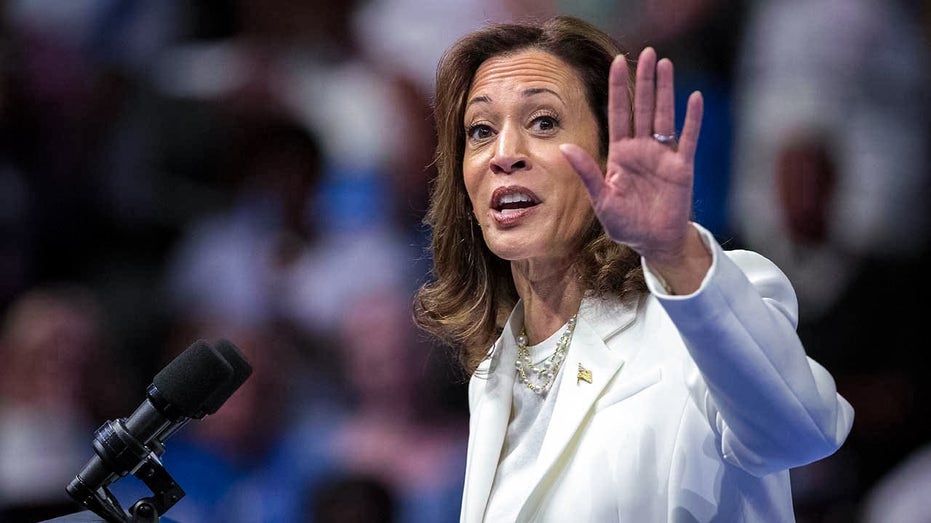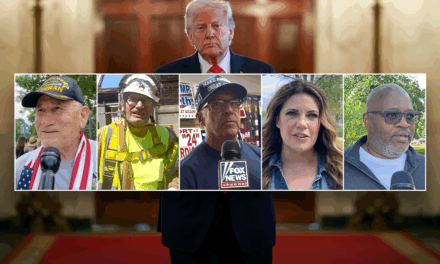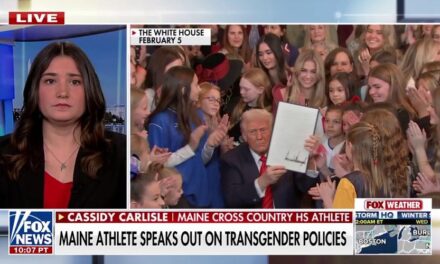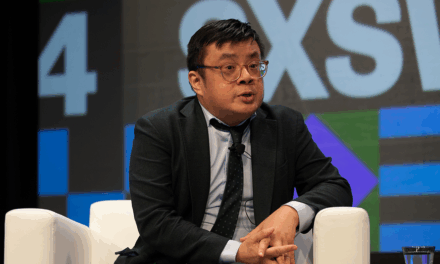In the tumultuous world of politics, communication is paramount, especially when it comes to reaching voters and maintaining transparency. However, it has now been 85 days since Vice President Kamala Harris was formally announced as the Democratic nominee, and she is yet to conduct a formal press conference. This gap has sparked discussions around her visibility and communication strategy on the campaign trail.
Vice President Harris, known for her groundbreaking tenure and eloquent speech delivery, has taken a different approach than what many political analysts might expect. Instead of holding traditional press briefings, Harris has been engaging with the public through strategic interviews, virtual appearances, and rallies. While these methods allow for direct interaction and tailored messaging, they sidestep the often unpredictable nature of conventional press conferences where journalists can pose challenging questions.
The absence of a formal press conference has raised eyebrows and fueled chatter among critics who argue that a nominee should be more openly accessible to the media. They believe that such interactions are crucial for transparency and accountability, providing a platform for nominees to openly address their policies, plans, and respond to unforeseen inquiries that might arise during a campaign.
On the flip side, Harris’s team seems to be banking on the power of polished, pre-planned communications. With the modern political landscape being heavily influenced by social media, Harris is utilizing these platforms to reach a broader audience without the immediate pressure of real-time questioning. These methods allow her to connect directly with potential voters, tailoring messages that resonate on both an emotional and practical level.
Some political strategists suggest that avoiding formal press briefings may be a calculated measure, using controlled environments to maintain focus on key messages without the risk of off-the-cuff remarks that might detract from the campaign’s goals. Still, others worry this could backfire, giving opponents ammunition to claim a lack of transparency or an evasion of critical discussions.
Moreover, as the election race intensifies, the spotlight on Harris’s communication methods is likely to grow stronger. Whether she will eventually hold a formal press conference remains a matter of speculation, one that media outlets and voters alike are watching closely. In a time when the electorate is keen on understanding the nuances of policies and leadership styles, the demand for more traditional media engagement may become harder to ignore.
As the narrative unfolds, it remains to be seen how Harris and her team will adapt their communication approach amid mounting pressure and the evolving dynamics of the campaign trail. What is clear, however, is that every move in the coming days will be scrutinized as both supporters and critics anticipate clearer insights into her stance on pressing issues facing the nation.
































